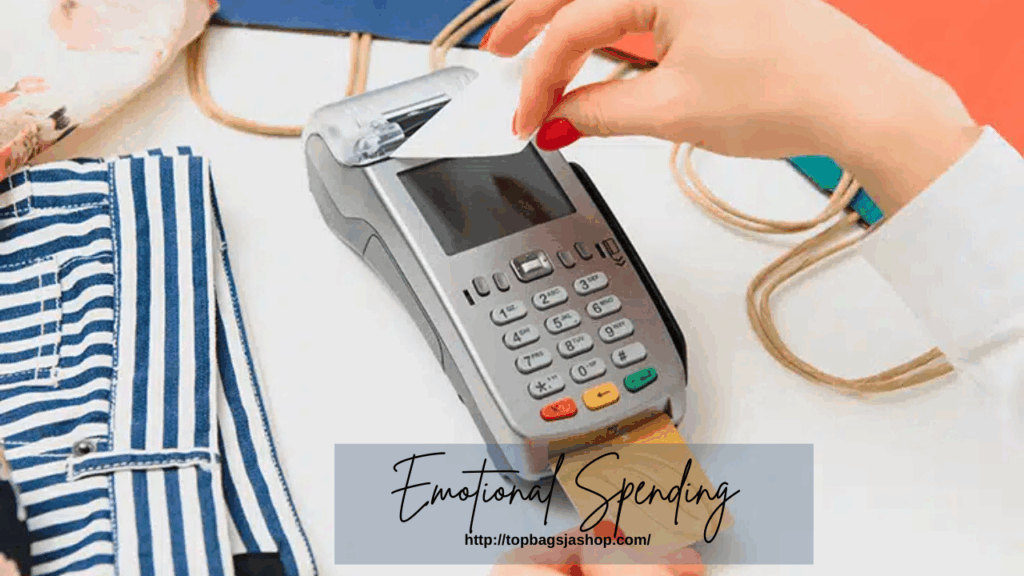
Shopping has often been called “retail therapy,” a term that suggests buying something new can soothe stress or sadness. For a short while, it might feel like it works. Swiping a card or clicking “add to cart” creates a small burst of excitement, providing quick relief from heavy emotions. But the truth is that this relief rarely lasts. Emotional spending can actually deepen stress, fuel anxiety, and in some cases, lead to debt that creates more problems than it solves.
For individuals already navigating addiction, mental health challenges, or emotional strain, retail therapy is not a harmless habit. It can become a cycle that leaves people feeling more burdened rather than supported. Understanding this pattern is the first step toward breaking free and finding healthier ways to cope.
What Is Emotional Spending?
Emotional spending happens when purchases are driven by feelings rather than genuine needs. Instead of buying out of necessity, people shop to escape stress, loneliness, anxiety, or sadness. The brain’s reward system provides a temporary mood boost after spending, which can make the habit feel comforting. Unfortunately, the comfort fades quickly, leaving behind regret or financial worry.
For someone in recovery or facing mental health struggles, emotional spending can act as a substitute behavior. It becomes another way to avoid confronting difficult feelings, much like substance use or other addictive patterns.
Why Retail Therapy Often Backfires
1. Financial Stress Builds Over Time
Small, impulsive purchases can add up quickly. When spending outpaces income, the result is debt. Financial problems create new stress that compounds the very emotions people were trying to escape.
2. Emotional Relief Is Temporary
The sense of excitement from shopping fades quickly, often leaving guilt in its place. Instead of addressing emotions at their root, retail therapy masks them, causing feelings of emptiness to return.
3. It Can Reinforce Unhealthy Patterns
When emotional pain consistently leads to shopping, a cycle forms. Just like other coping behaviors, the brain begins to associate stress relief with spending. Over time, breaking that cycle becomes harder.
Healthier Alternatives for Emotional Relief
Healing requires finding outlets that address emotions directly instead of covering them up. Recovery programs often highlight holistic approaches because true wellness comes from treating the mind, body, and spirit together.
Mindfulness and Reflection
Practices like journaling, prayer, or meditation can help identify emotional triggers and build healthier responses. Reflection provides clarity instead of avoidance.
Physical Movement
Exercise, whether walking, stretching, or yoga, releases endorphins and helps regulate mood. Movement is a powerful and lasting stress reliever.
Creative Outlets
Art, music, or writing provides meaningful expression. Creative activities channel emotions into something positive and constructive.
Connection and Community
Isolation increases the temptation to engage in retail therapy. Reaching out to friends, family, or peer support groups creates genuine comfort and accountability.
Professional Support
Inpatient and outpatient treatment programs, counseling, and faith-based care offer structured guidance for breaking harmful cycles. Individualized care helps uncover the deeper issues driving emotional spending and replaces them with healthier coping skills.
Breaking the Cycle and Finding True Relief
Escaping emotional spending begins with awareness. Recognizing the urge to shop when stressed and choosing a healthier outlet builds long-term resilience. Just as with recovery from addiction, the goal is not to eliminate all comfort but to replace temporary fixes with life-giving practices that promote lasting wellness.
Choosing Healing Over Retail Therapy
Retail therapy may promise quick comfort, but in reality, it often creates more stress than relief. Emotional spending can lead to debt, guilt, and reinforced cycles of avoidance. Healthier alternatives—mindfulness, movement, creativity, connection, and professional support—offer lasting healing that nurtures the whole person.
If you or someone you love is struggling with emotional spending, addiction, or unhealthy coping habits, compassionate help is available. By reaching out for support, you can break free from harmful cycles and begin building a foundation for true emotional relief and lasting recovery.